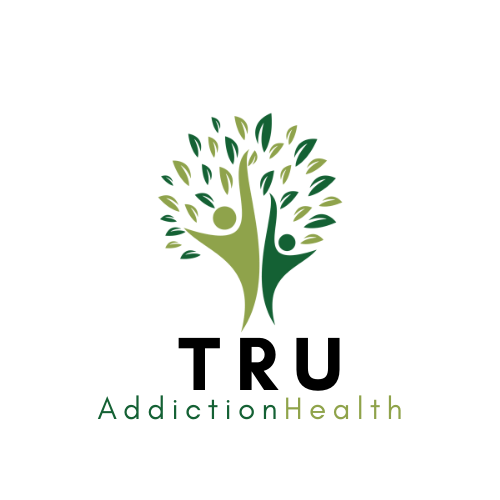Hyperbaric oxygen therapy might help people being dealt with for opioid addiction minimize their methadone dosage and much better handle pain and withdrawal symptoms, according to a set of research studies led by Washington State University researchers.
The research study group hired individuals registered in a regional opioid treatment program to test the impacts of hyperbaric oxygen therapy, a treatment that includes breathing pure oxygen in a pressurized environment.
Released in the Journal of Addictions Nursing, the very first paper explains a pilot research study of 31 individuals that revealed that those who had actually gotten hyperbaric oxygen therapy as part of a prepared methadone taper were able to preserve a considerably bigger dosage decrease of 4.3 mg 3 months after the research study, as compared to 0.25 mg in individuals who did not receive thetherapy They likewise reported half the level of withdrawal symptoms experienced by control individuals after just one day of hyperbaric oxygen therapy.
” While methadone assists people with opioid addiction get steady and resume their regular lives, it’s still an opioid that they are taking every day,” stated research study co-author Matthew Layton, a teacher in the WSU Elson S. Floyd College of Medicine and a previous opioid treatment program medical director. “About half of people in treatment desire to leave of methadone for different factors, yet numerous who have actually attempted have actually stopped working and fell back. Our findings recommend that hyperbaric oxygen therapy might possibly be used as a non-pharmacological tool to help people step down their methadone treatment.”
The 2nd research study, which was released in Pain Management Nursing, was a little randomized controlled trial of 8 individuals that looked more carefully at withdrawal sign relief. It discovered that individuals in the hyperbaric oxygen therapy treatment group reported lower pain strength and drug yearnings than control individuals who had actually been offered an oxygen mix equivalent to space air provided at regular air pressure. The scientists likewise saw enhancements in other results, such as sleep quality and mood.
” While for some the difficulty is to leave methadone, others battle to stay in treatment early on since discovering the right dosage to support symptoms can be hard to accomplish,” stated very first author Marian Wilson, an associate teacher in the WSU College of Nursing and an professionalon pain management and opioid use disorder “As an outcome, a lot of people experience withdrawal symptoms in that modification duration that can be extreme adequate to make them resume unlawful drug use or leave of treatment.”
Based on the cumulative findings from the 2 research studies, the scientists are pursuing financing for a clinical trial to verify their findings in a bigger sample of individuals, who would be followed for a number of years.
The concept for the 2 research studies originated from earlier research study by one of the WSU scientists that revealed that hyperbaric oxygen therapy offered pain relief and lowered physical signs of opioid withdrawal in mice.
” We were nervous to see if it would work in people,” stated research study co-author Raymond Quock, a teacher in the WSU College of Arts and Sciences, who led that work.
If their findings hold up in a bigger clinical trial, hyperbaric oxygen therapy might end up being a non-pharmacological tool that providers can use to help people handle pain and possibly minimize their opioid use.
” In 2015, over 100,000 people passed away as an outcome of the opioid epidemic within the COVID-19 pandemic,” stated Layton. “That shows us that opioid addiction is still a huge issue, and we require to have much better methods to approach it.”
In addition to Layton, Wilson, Quock and others at WSU, partners on these research studies consisted of Karen Stanek, the medical director for the Spokane Hyperbaric Center and Alvina Jesse, a program supervisor with the Spokane Regional Health District.
Financing for this work originated from the State of Washington’s Effort Procedure No. 171, which was administered through the university’s Alcohol and Substance Abuse Research Study Program.
Story Source:
Products offered by Washington State University Initial composed by Judith Van Dongen. Note: Material might be modified for design and length.
